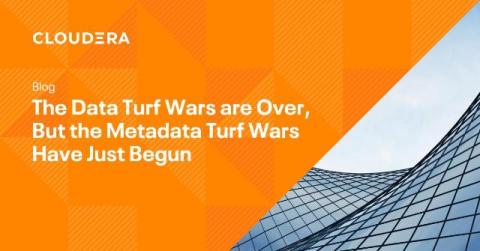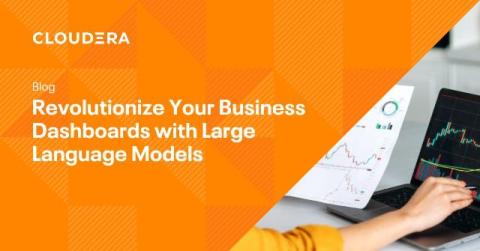The Data Turf Wars are Over, But the Metadata Turf Wars Have Just Begun
Over the past several years, data leaders asked many questions about where they should keep their data and what architecture they should implement to serve an incredible breadth of analytic use cases. Vendors with proprietary formats and query engines made their pitches, and over the years the market listened, and data leaders made their decisions.











